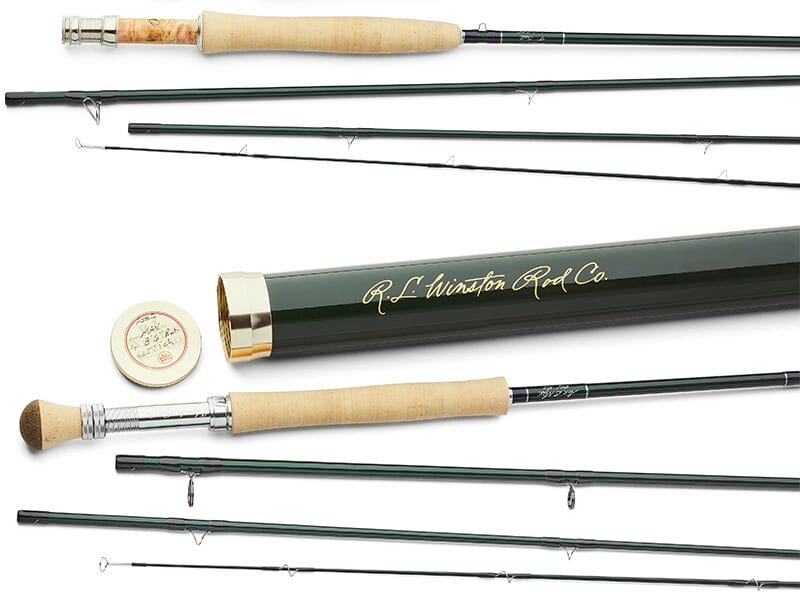Conservation Committee Duties
The Conservation Committee takes the overarching conservation and restoration goals of the chapter to bring these facets of the strategic plan to life by developing projects, partnerships and plans to get the work done.
Many chapters have a standing conservation committee, or appoint a conservation chair, whose duties include organizing and implementing mission related events to engage the current membership as well as draw interest from the general public. The conservation committee performs a key role by organizing events to shape the chapter’s compelling coldwater conservation story, foster camaraderie among current and potential members, and work in alignment with other chapter committees and partners.
As you discuss committee goals with your board, you will want to keep those goals in mind during the committee planning process. As the committee reviews local watershed management plans to identify priority projects, keep in mind the collaborative nature of the committee to foster relationships to meet chapter goals within the chapter and the community at large.
For instance, if a chapter board goal is to increase age diversity, consider working with your youth engagement committee or other community partners to offer a family friendly, 2-3 hour weekend restoration opportunity within easy driving distance or along public transit. You will want to work closely with your outreach committee to promote the events via demographic specific channels to reach your intended audience.
The project mentioned above may not align directly with key restoration priorities but the project may address other chapter goals while building support and awareness for watershed issues.
When Starting a Conservation Committee or Taking Over as Conservation Chair
- Receive and review records from the past conservation chair including the position description. Ask the past chair for lessons learned and a full review of the prior year’s duties, activities and goals.
- Review important guiding documents to identify key project areas such as your chapter strategic plan, local watershed plans, TU’s conservation policies and TU’s national conservation agenda.
- Discuss conservation goals with your board to gain a better understanding of expectations and your new role.
- Review the Conservation Resources and Science Resources to guide project planning
- Ensure your chapter president enters you in the Leaders Only Tools section of tu.org (so that you have access to the rosters, updating membership contact info, etc…)
- Get into the Leaders Only Tools section and explore. Reach out to your Volunteer Operations Staff if you have any questions.
- Connect with mission related local partners, agencies and entities to introduce the chapter’s efforts, learn about their endeavors and ask how you might collaborate.
- Meet with other chapter committees to discuss collaborative opportunities (e.g. interface with the outreach committee to promote events, explore funding opportunities like Embrace A Stream with the fundraising committee, engage with the Diversity Initiative).
- Explore the Leaders Forum discussions by role related keyword searches.
Ongoing Tasks of a Conservation Committee or Chair
- With the chapter board, set conservation goals for the chapter and develop plans in collaboration with chapter committees.
- Report on project status against these goals at each chapter board meeting including: project status, upcoming events, trends, project opportunities, etc.
- Work with your diversity initiative committee to promote community and inclusion in event promotions by including pertinent details (e.g. full street address, event times, welcoming language) and at events by identifying greeters, capturing contact information via a contact sheet and encouraging interaction with new attendees.
- Confirm that the chapter holds the proper insurance coverage for the types of events the committee is planning to offer.


